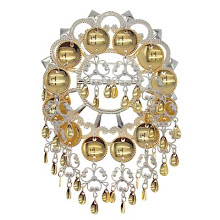This blog was intended to be a personal blog with many gardening, cooking, and genealogy posts. However after I tested my DNA and talked other family members into doing it too, I found that they needed explanations of how to do things at  the various DNA companies. Unlike me they were not willing to spend hours and hours experimenting, so I added a number of tutorials for my cousins which are linked to from the top menu here under DNA testing as well as from under Resources. Soon I found myself writing more about DNA: tips, techniques, and success stories. Thus this blog morphed into being mainly about genetic genealogy. The numbers for each category shown on the left tell the story.
the various DNA companies. Unlike me they were not willing to spend hours and hours experimenting, so I added a number of tutorials for my cousins which are linked to from the top menu here under DNA testing as well as from under Resources. Soon I found myself writing more about DNA: tips, techniques, and success stories. Thus this blog morphed into being mainly about genetic genealogy. The numbers for each category shown on the left tell the story.
So enough DNA for now. To me the holidays are about love, family, friends, and food. Happy Holidays to all of you. Now for some food …
My late father always made us “Norwegies,” the family nickname for Norwegian pancakes, on Christmas morning as well as on many other special occasions. So guess what I cooked on Christmas morning for my jewish husband. No I will not make them on every day of Hannukah! Yes he did say that they were just like blintzes.
 We stuffed them with strawberry jam and then sprinkled them with confectioner’s sugar. Click here for the family recipe in a previous year’s holiday food post (towards the end).
We stuffed them with strawberry jam and then sprinkled them with confectioner’s sugar. Click here for the family recipe in a previous year’s holiday food post (towards the end).
My New Year’s resolution is to write more food and garden posts, maybe as often as once a month, in addition to the usual weekly DNA post and the occasional genealogy post.

